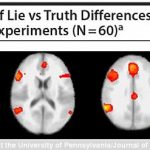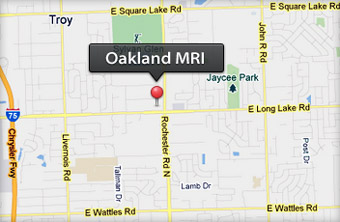 fMRI scans revealed activation of decision-making areas of the brain. Experts examining fMRI scans were 24 percent more likely to spot a lie. This is compared with the results of professional polygraph examiners.
fMRI scans revealed activation of decision-making areas of the brain. Experts examining fMRI scans were 24 percent more likely to spot a lie. This is compared with the results of professional polygraph examiners.
Sweaty palms and a racing heartbeat might help you to spot a liar, but the most tell-tale evidence lies in the brain.
For the first time, researchers have conducted a controlled comparison of fMRI scans and polygraph testing in lie detection.
The study revealed fMRI is a far more effective method, as it picks up on the activation of decision-making areas in the brain when a person tells a lie, allowing it to identify deception up to 90 percent of the time.
Researchers from the Perelman School of Medicine at the University of Pennsylvania used a standardized ‘concealed information’ test to compare the two methods.
Polygraph measures a person’s electrical skin conductivity, heart rate, and respiration during questioning, and has been in use for over 50 years.
But, it is known to be inconsistent in its abilities – studies have found polygraphs to range everywhere from 100 percent accuracy to ‘chance’ at best.
Functional magnetic resonance imaging (fMRI), on the other hand, looks at the activity in the brain.
‘Polygraph measures reflect complex activity of the peripheral nervous system that is reduced to only a few parameters, while fMRI is looking at thousands of brain clusters with higher resolution in both space and time,’ said the study’s lead author, Daniel D. Langleben, MD, a professor of Psychiatry.
‘While neither type of activity is unique to lying, we expected brain activity to be a more specific marker, and this is what I believe we found.’
In the study, 28 participants were given the ‘Concealed Information Test’ (CIT), which uses carefully constructed questions, some with known answers, to determine if a person has specific knowledge.

